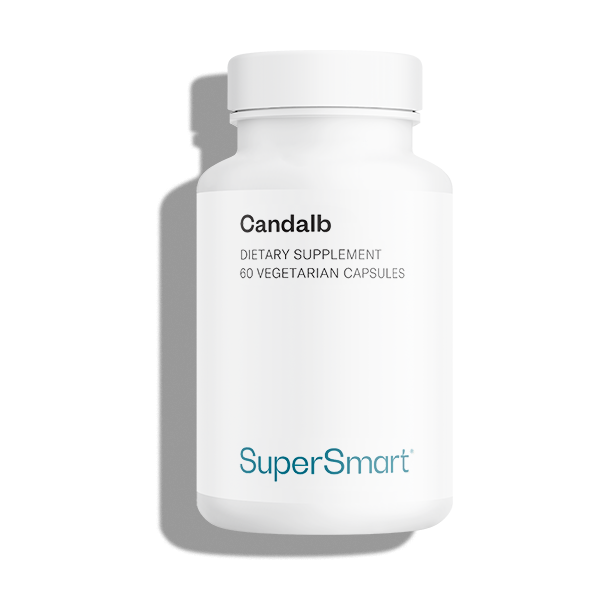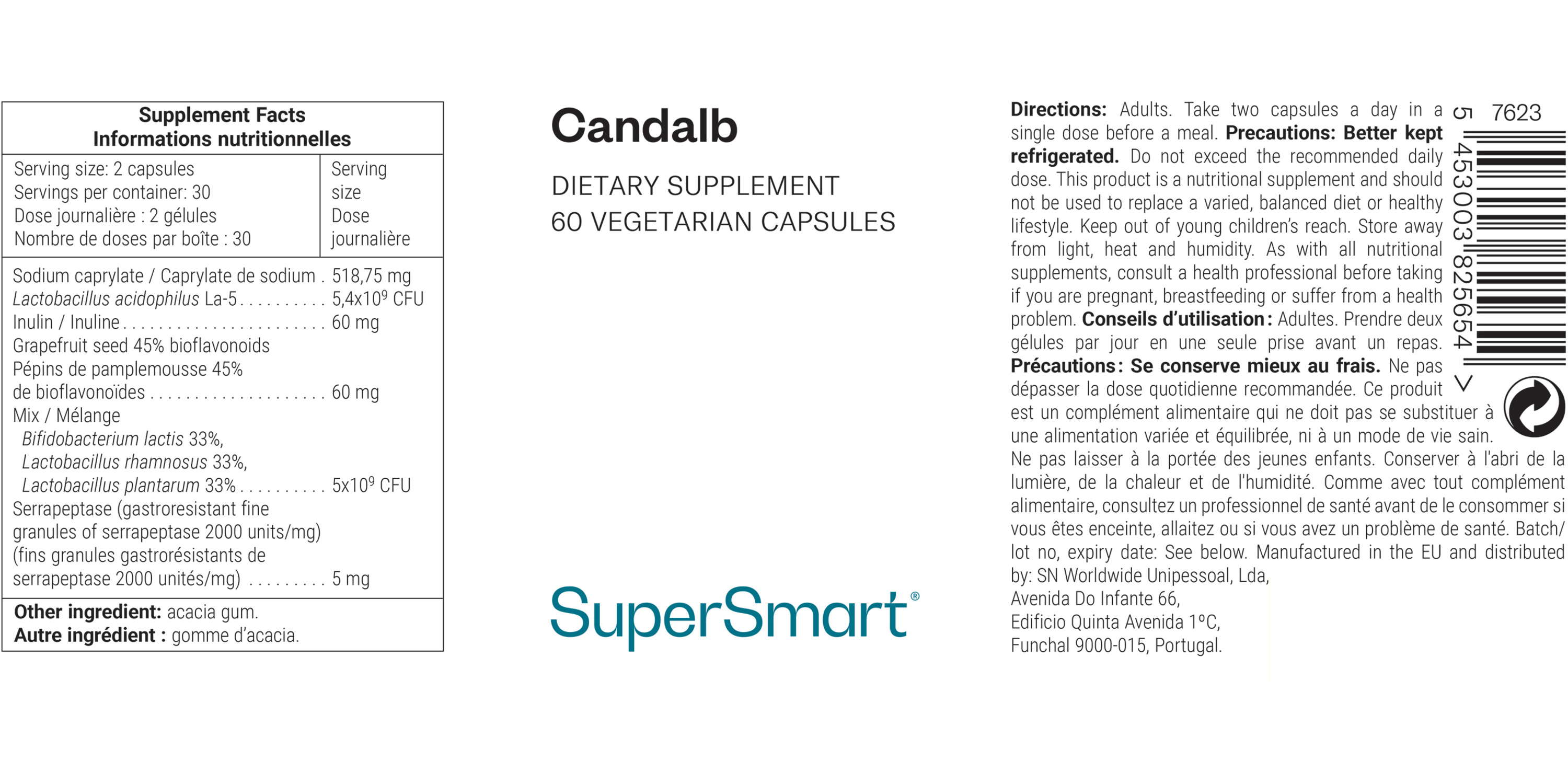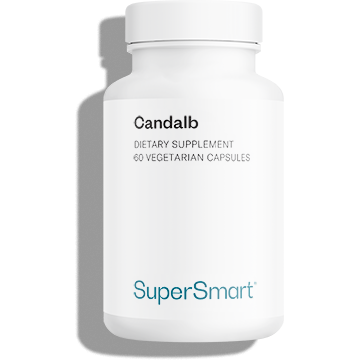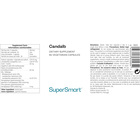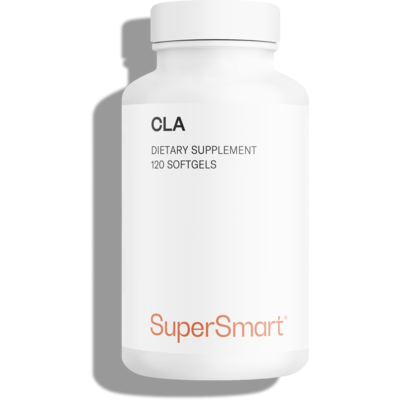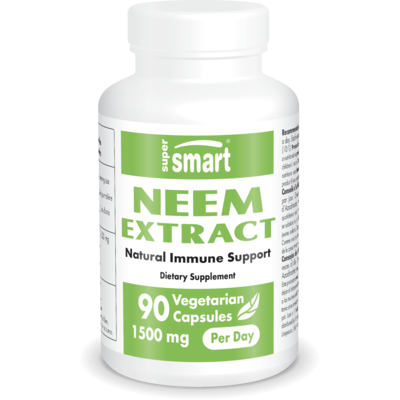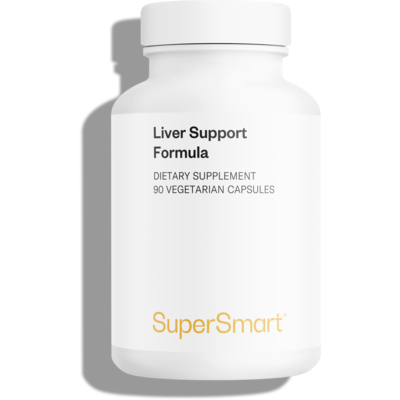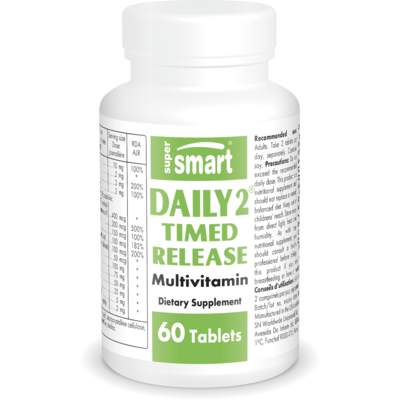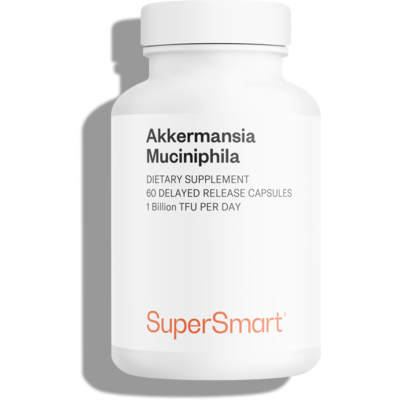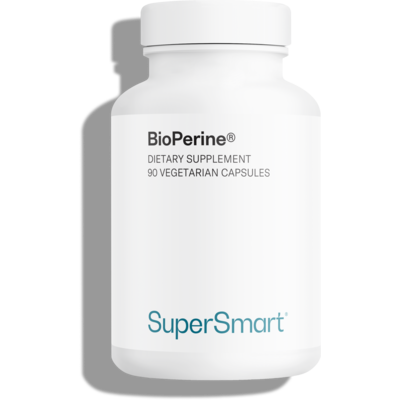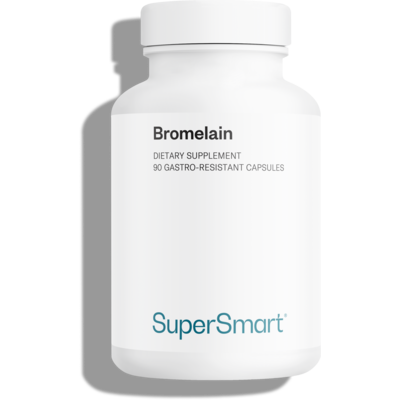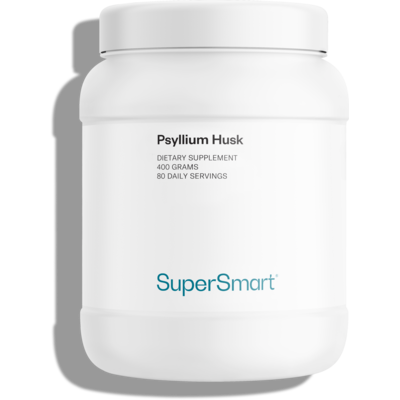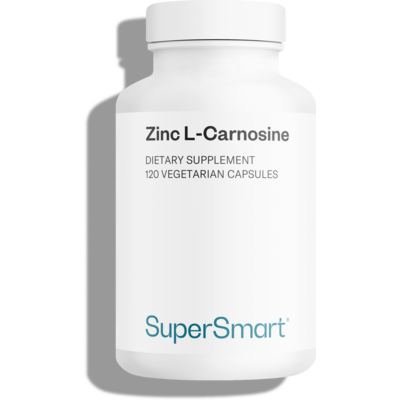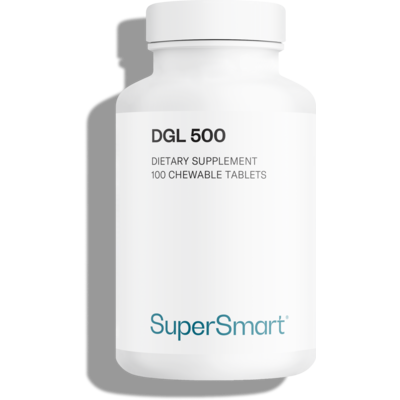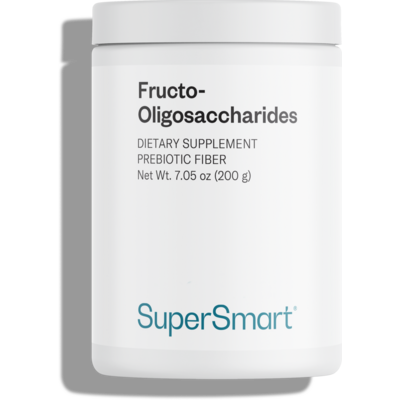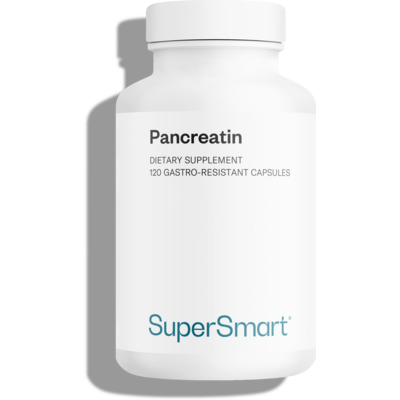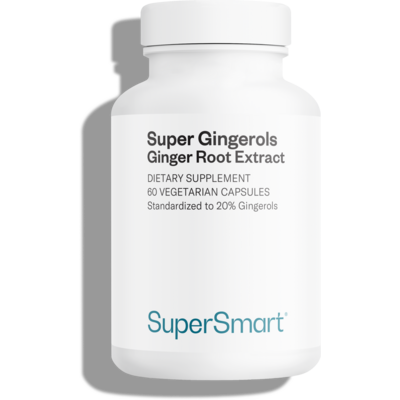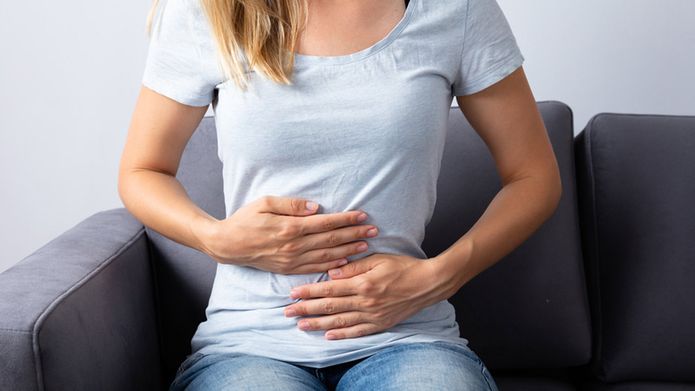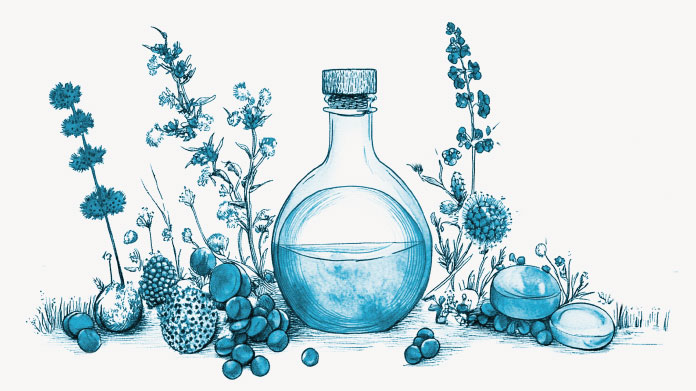Create Your Offer
Candalb is a dietary supplement designed to naturally help combat growth of the Candida albicans and Candida glabrata yeasts, alongside medication. As a result of its high content of caprylic acid, specific probiotics, prebiotics and serrapeptase, it helps to restore internal balance.
What is Candida infection?
Yeasts from the Candida genus are organisms which are naturally present in the digestive tract, the oral cavity and the reproductive system. They are not usually pathogenic, because they are kept in check by the balance between the various microorganisms in the microbiota (1). However, when an imbalance exists, they can become formidable pathogens, capable of infiltrating various tissues and organs (2). They are said to be ‘opportunist’. The Candida albicans and Candida glabrata yeasts are the most common opportunist microorganisms in the human body (3).
Caused primarily by Candida albicans, vulvovaginal candidiasis is one of the most common gynaecological infections, with one in two women thought to be affected (4). These infections usually appear in the second half of the menstrual cycle in women of child-bearing age.
Candida infections typically develop in two stages:
- Colonisation, which is normally restricted by the protective effect of saliva and mucus (5). The yeasts proliferate abnormally, and attach themselves in large numbers to a flat surface (usually the mucosa), forming a biofilm – a kind of barrier formed from a highly-structured cluster of various cells and proteins. This biofilm makes them more resistant to natural anti-fungals, and enables them to survive in what would normally be a hostile environment for them (6). The cells in this biofilm develop and become more complex: some take a filamentous form, others a cylindrical or ellipsoidal one. These cells are attached to each other, forming a dense, three-dimensional structure, and a veritable reservoir of germs, difficult for either the immune system or medication to neutralise (7).
- Invasion of the mucosa, facilitated by a lack of cellular immunity (8). The biofilm formation is accompanied by two invasive developments: at the top of the structure, cells disperse to form new biofilms elsewhere in the body, while filamentous cells penetrate the various layers of the epithelial cells that form the mucosa (9). Unchallenged, the latter will go on to reach various areas of the body via the bloodstream .
What is in Candalb, the anti-Candida supplement?
The supplement Candalb has been developed in line with the latest scientific research. It contains:
A specific blend of probiotics (Lactobacillus acidophilus La-5, Bifidobacterium lactis, Lactobacillus rhamnosus, and Latobacillus plantarum). A number of clinical studies have demonstrated the powerful anti-fungal activity of lactobacillus strains against theCandida albicans biofilm (9). In one such study, Lactobacillus rhamnosus was found to impede the growth, morphogenesis (the stage at which cells become filamentous) and adhesion to mucosa of Candida yeasts. Probiotics may also help to rebalance the gut and vaginal microbiota in general (10).
Caprylic acid, a medium-chain fatty acid (MCT) widely used to stem the spread of Candida albicans. It is recommended in the book Vaincre la candidose (Beating candida) by Leon Chaitow and Simon Martin. It is mainly found in mammalian milk, plant oils such as coconut, and in certain seeds (11). Several in vitro studies (12-14) have demonstrated caprylic acid’s anti-candida activity. It may also help to stem the expansion of the above-mentioned biofilm and filamentous growth by modulating the expression of certain genes.
A grapefruit seed extract standardized to 45% bioflavonoids. Grapefruit seeds are widely studied for their potential antifungal properties (with action against Candida albicans, in particular), as well as their antimicrobial and anti-inflammatory effects.
Serrapeptase (5mg or 10,000 IU), a proteolytic enzyme which helps to reduce toxins and dissolve the dead cells responsible for inflammation (15). It should not be combined with natural anticoagulant remedies such as turmeric, garlic or omega-3 supplements.
Not content with having selected freeze-drying for our probiotic supplements, SuperSmart has also added a natural, protective ingredient: inulin. Naturally extracted from chicory root, this non-digestible carbohydrate also stimulates the growth of probiotics once in the gastrointestinal tract (16).
WARNINGS
Do not exceed the recommended daily dose. This product is a nutritional supplement and should not be used as a substitute for a varied and balanced diet or a healthy lifestyle.
STORAGE
Store in a cool, dry place away from direct sunlight, heat, and humidity. Keep out of reach of children.
PREGNANCY AND MEDICAL CONDITIONS
If you are pregnant, breastfeeding, or have any medical conditions, consult your healthcare provider before using this product.
SUPPLEMENT INTERACTIONS
Consult your healthcare provider before use, especially if you are taking any medications or other supplements as there may be potential interactions.
Need Help?
Phone Number
+1 (786) 522-3907
From 9 am to 6 pm (EST)
Email Address
You May Also Like

